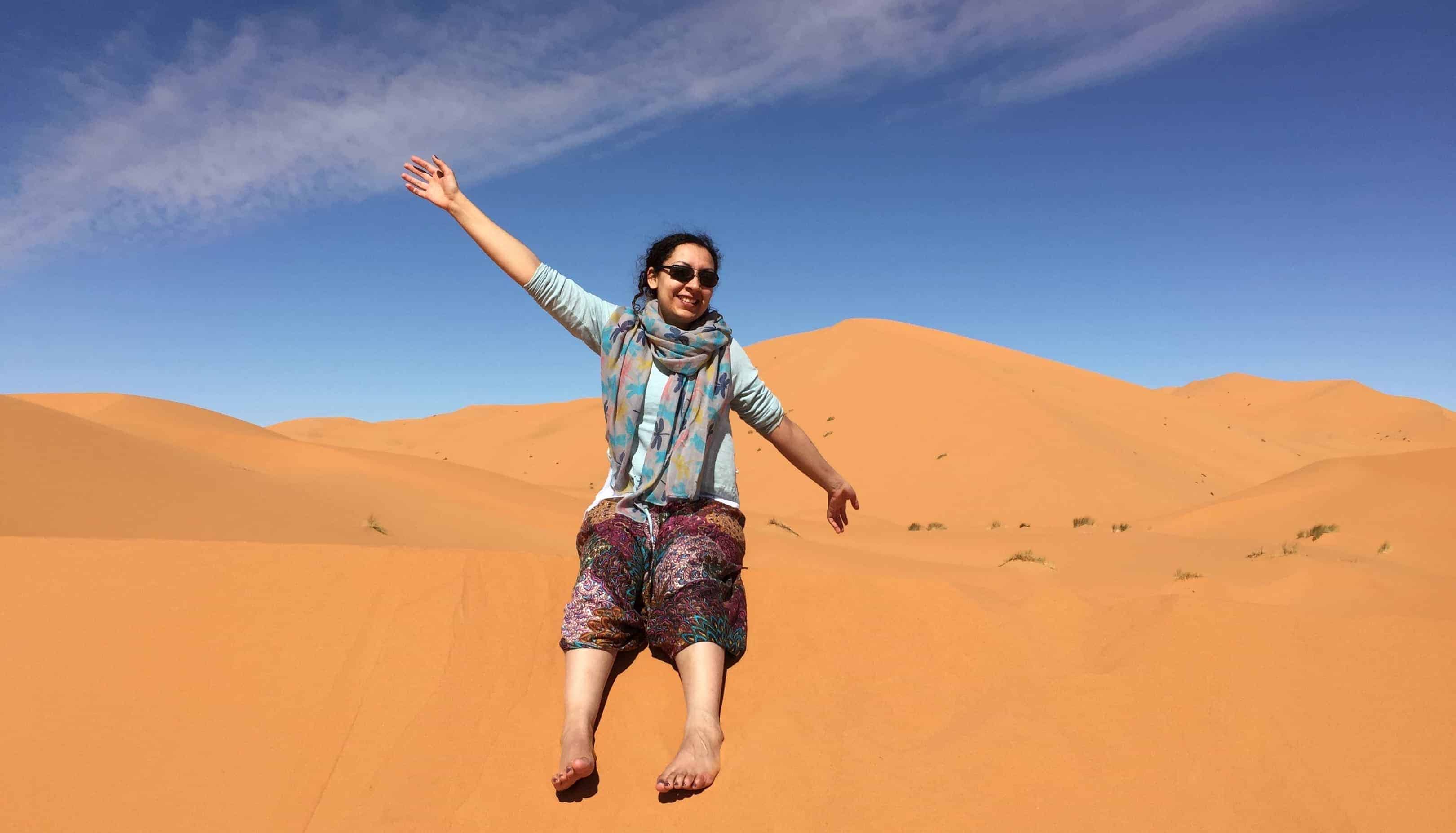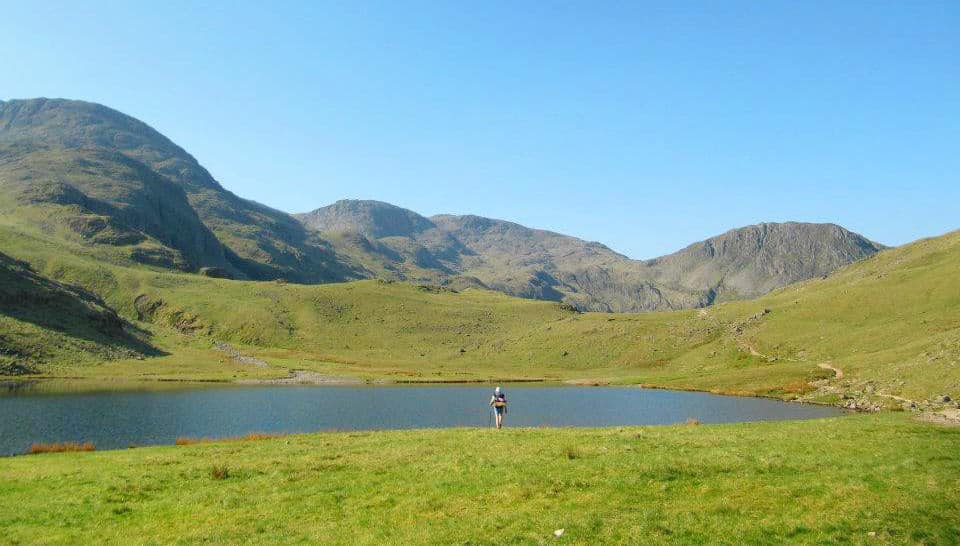Sustainability sometimes gets a bad rap, but it’s all about two things that are central to almost all adventures – people and the environment. In basic terms, the sustainability concept is about meeting the needs of today without compromising the needs of future generations. This encompasses everything from reducing waste and eliminating pollution, to careful stewardship of fragile ecosystems and building shared value within local communities globally.
It can seem like an endless list of insurmountable obstacles and, indeed, there is a lot of doom and gloom. We have exceeded the limits of several of our planetary boundaries, species around the world are dying off at an incredible rate and those with the least are suffering the most from both climate change and global pollution. It can appear that actions as individuals are futile at the worst and incredibly confusing at best. As individuals adventuring from a western-world base, it can also seem very distant and intangible.
But, if we want to protect the places we visit and benefit those incredible people we meet, we need to fight against these feelings. It’s not someone else’s responsibility – it’s mine and it’s yours and it’s theirs. Small changes can make a big difference, please don’t let the naysayers tell you otherwise.
#1 On Location
Sustainability starts at a local level, so start where you are. While planning your next adventure, think carefully about every detail. Local ecosystems are easily damaged by well-meaning but unaware visitors, who stray from set paths in search of their own experiences. Find out if the paths are there for a reason – it might be bird nesting season where you are planning to wild camp or erosion caused by an area’s increased popularity may be causing the collapse of the edge of a coastal cliff.
As responsible explorers, most of us are aware that taking your rubbish home is non-negotiable. It doesn’t degrade, damages the local environment and wildlife, and the organisations responsible for caring for natural areas are usually too stretched to be able to clear it themselves. You can help them out by picking up rubbish you see while adventuring, like Charlie Head who recently SUPed around the UK. It’s not glamorous, but every piece leaves the world’s environment a little bit cleaner and may deter others from dropping litter. Also consider thinking more about your purchases to avoid creating rubbish in the first place! I’ve found that just paying attention to the amount of plastic wrapping on items I buy has reduced the rubbish I produce.
#2 Choosing your kit
Adventuring requires equipment, even if it’s just a waterproof jacket and some solid footwear. As Patagonia founder Yvon Chouinard says, “Buy less, buy better”. There are too many sustainability challenges with our modern purchases to explore them all in detail here, but they include sweatshop labour, water scarcity, environmental pollution and animal welfare. Take some time to decide what are the most important issues to you and then try to buy based on them. You will have to compromise – there is no company in our current world that can do everything perfectly, but there are some that are trying. Find them and support them by buying their products. You will be surprised at the options that are out there, from more ethical down production to tents made from recycled materials.
#3 Getting there
Of course, one of the most discussed impacts on our wider world is that of transport powered by fossil fuels. Choose your transport to your adventure carefully. Sometimes to reach our dream destinations we will have to fly or drive and therefore massively increase our carbon footprint. I’m not preaching that everyone should drop their current projects because they live unworkably far from them, but try to make more mindful choices. For every trip, come up with three alternative transport options, don’t just automatically choose what seems most convenient or obvious. Maybe the journey becomes the adventure, like for so many in the Say Yes More community inspired by Dave Cornthwaite’s Expedition 1,000 twenty five 1,000 mile journeys on non-motorised transport.
#4 A more sustainable lifestyle
There are, of course, other general lifestyle changes that can greatly reduce your impact. Whether you like it or not, vegetarian and vegan diets are better for the planet. If cutting meat entirely out of your diet seems unworkable, simply swapping beef for chicken can reduce the carbon footprint of your diet by a third. Making more mindful purchasing decisions for your adventure gear is likely to change your buying habits for the better in general, while looking into alternative transport might offer some surprises into day-to-day travel changes (Cycle to Work Scheme anyone?)
Find the actions that work for you and take your first steps forward. If more of us take small steps, we will be able to protect the world’s people and the environment that we enjoy exploring so much, and leave it for others to explore once we are gone. Sustainability is a constantly evolving concept – it would be extremely appropriate if adventurers were the ones to push the boundaries and set the bar high.
Please do consider supporting the Love Her Wild community by becoming a Patreon! Not only will you be helping women in accessing the outdoors, but there are great benefits including giveaways and access to an exclusive newsletter.
Always a fan of the outdoors, Soraya spent her childhood exploring the local English countryside from horseback and as an adult has been lucky enough to travel all over the world. After leaving university, she worked in the veterinary industry and then in equestrian publishing before deciding to focus on sustainability. After completing the One Planet MBA, she is now in the process of developing ways that she can help others live more sustainable lifestyles and run more sustainable businesses.



Excellent post, Soraya, thanks so much for writing this. Super important topic and discussion and engagement still much needed in the adventure world…… !